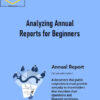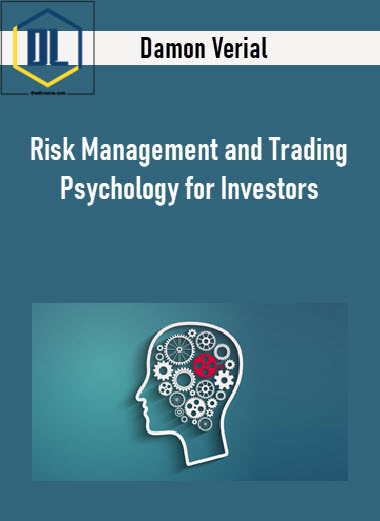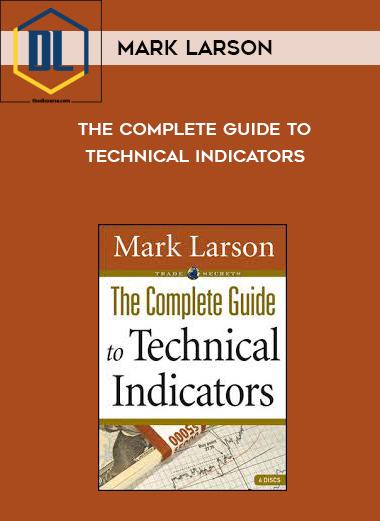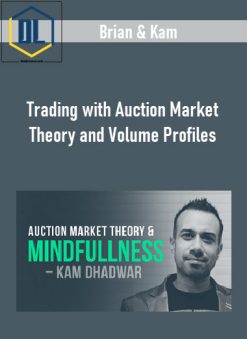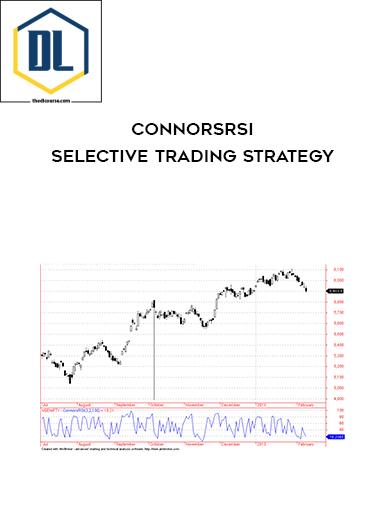Subtotal: $118.00
Damon Verial – Risk Management and Trading Psychology for Investors
$97.00 $9.00
Delivery: Instant Delivery
Description
Damon Verial – Risk Management and Trading Psychology for Investors
How to apply psychology to trading and investing so that your portfolio will be immune to human bias – Essential Skill!
Investors spend countless hours prying into the inner workings of companies but conveniently forget to pry into something even more important in making successful trades: their own psychologies. The goal of behavioral risk management and trading psychology is to override the emotional and cognitive biases that effect poor trading decisions. By knowing your own blind spots (all humans have the same blind spots), you can avoid common losses due to innate human biases.
Most trading teachers simply pooh-pooh away trading psychology, saying, “Just don’t give into fear/emotions/whatever.” Some teachers take it a step further, preaching about aspects such as greed – but none of this is advice that can actually help you become a better investor. The truth is behavioral risk management is more than just avoiding fear and greed – it’s about developing a trading strategy that’s purely logical and optimized for gains.
Yes, you might already have trading rules that include stop losses and take profits to prevent against fear and greed. But risk management isn’t about these technical tactics; it’s about gaining control over your own mind. My course on risk management and trading psychology is founded on the study of human cognitive bias and how it specifically affects investment decisions.
The goal of Risk Management and Trading Psychology for Investors is to show you how your mind tricks you into poor trading strategies and investment decisions so that you can acknowledge and avoid these biases.
What You’ll Learn In Risk Management and Trading Psychology for Investors?
- How to handle missing information about stocks
- Why new information about a stock can hurt you
- Four types of securities that are over or undervalued
- Why traders are so short-sided and how to avoid the availability bias
- How an investment opportunity’s first appearance is often deceiving
- Why consistency in trading is evil
- The main difference between young and old traders (hint: older traders underperform)
- The different trading strategies of optimistic and pessimistic traders
- How to tell if a “trading guru” is worth listening to
- Why “the more you know, the more you lose”
- The biggest time-waster in trading and how to avoid it
- The discounting bias and how it leads to significant losses
- and much, much more!
More courses from the same author: Damon Verial
Share Tool - Group Buy Tools and Premium WordPress From $1Delivery Policy
When will I receive my course?
You will receive a link to download your course immediately or within 1 to 21 days. It depends on the product you buy, so please read the short description of the product carefully before making a purchase.
How is my course delivered?
We share courses through Google Drive, so once your order is complete, you'll receive an invitation to view the course in your email.
To avoid any delay in delivery, please provide a Google mail and enter your email address correctly in the Checkout Page.
In case you submit a wrong email address, please contact us to resend the course to the correct email.
How do I check status of my order?
Please log in to TheDLCourse account then go to Order Page. You will find all your orders includes number, date, status and total price.
If the status is Processing: Your course is being uploaded. Please be patient and wait for us to complete your order. If your order has multiple courses and one of them has not been updated with the download link, the status of the order is also Processing.
If the status is Completed: Your course is ready for immediate download. Click "VIEW" to view details and download the course.
Where can I find my course?
Once your order is complete, a link to download the course will automatically be sent to your email.
You can also get the download link by logging into your TheDLCourse account then going to Downloads Page.
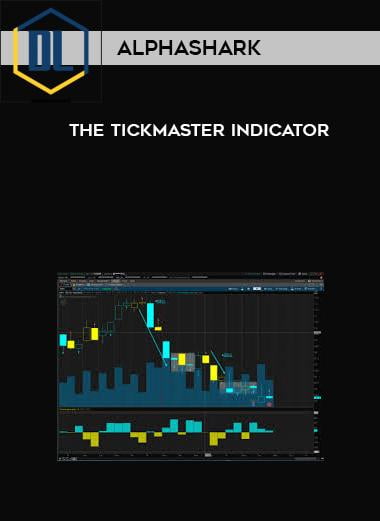 Alphashark – The Tickmaster Indicator
Alphashark – The Tickmaster Indicator 